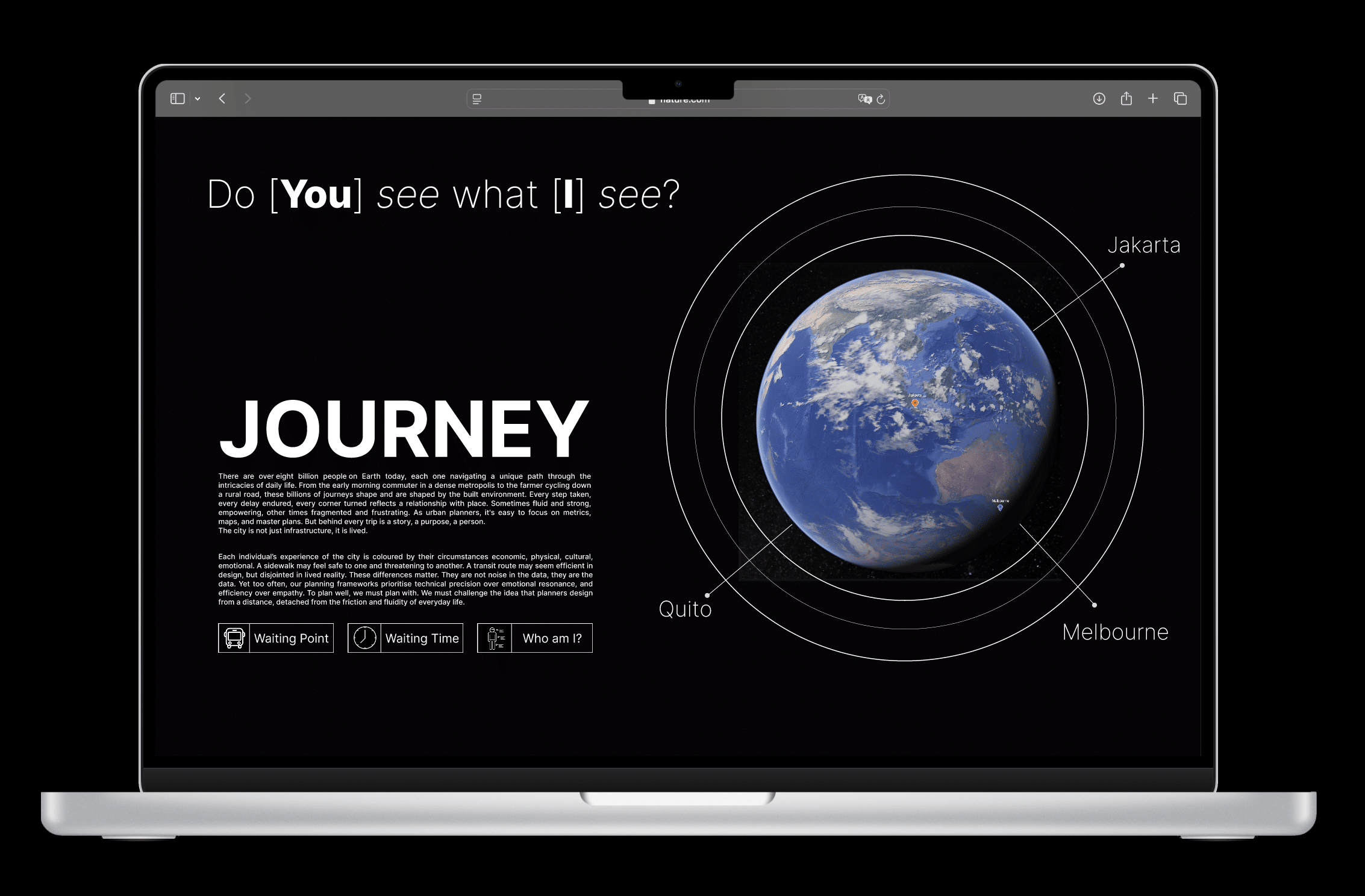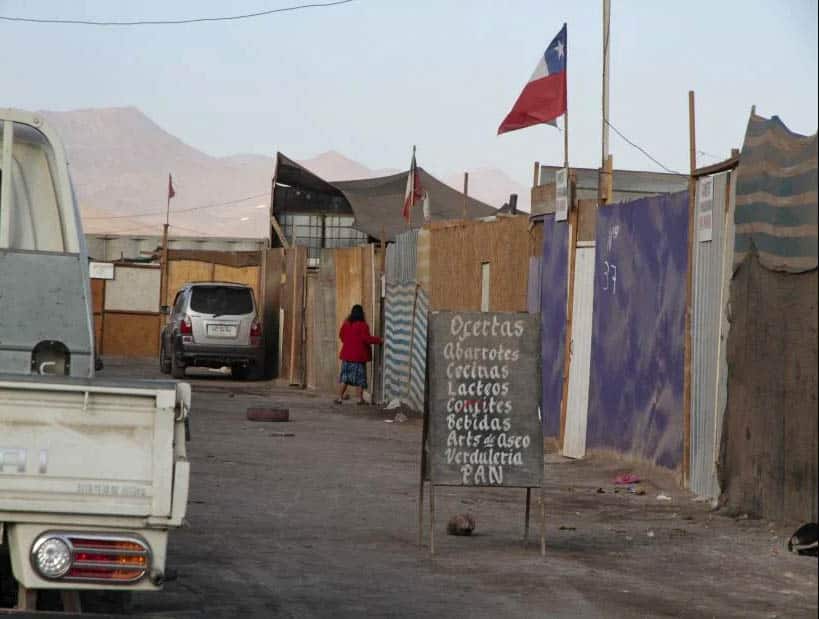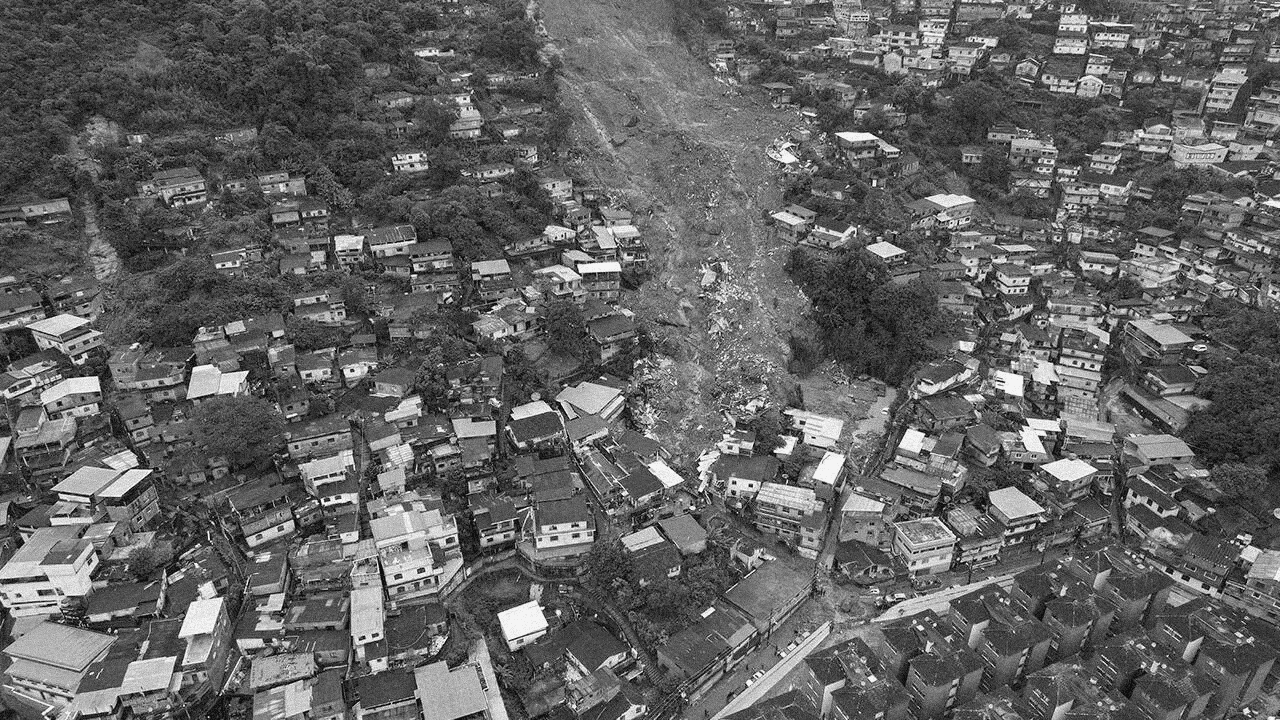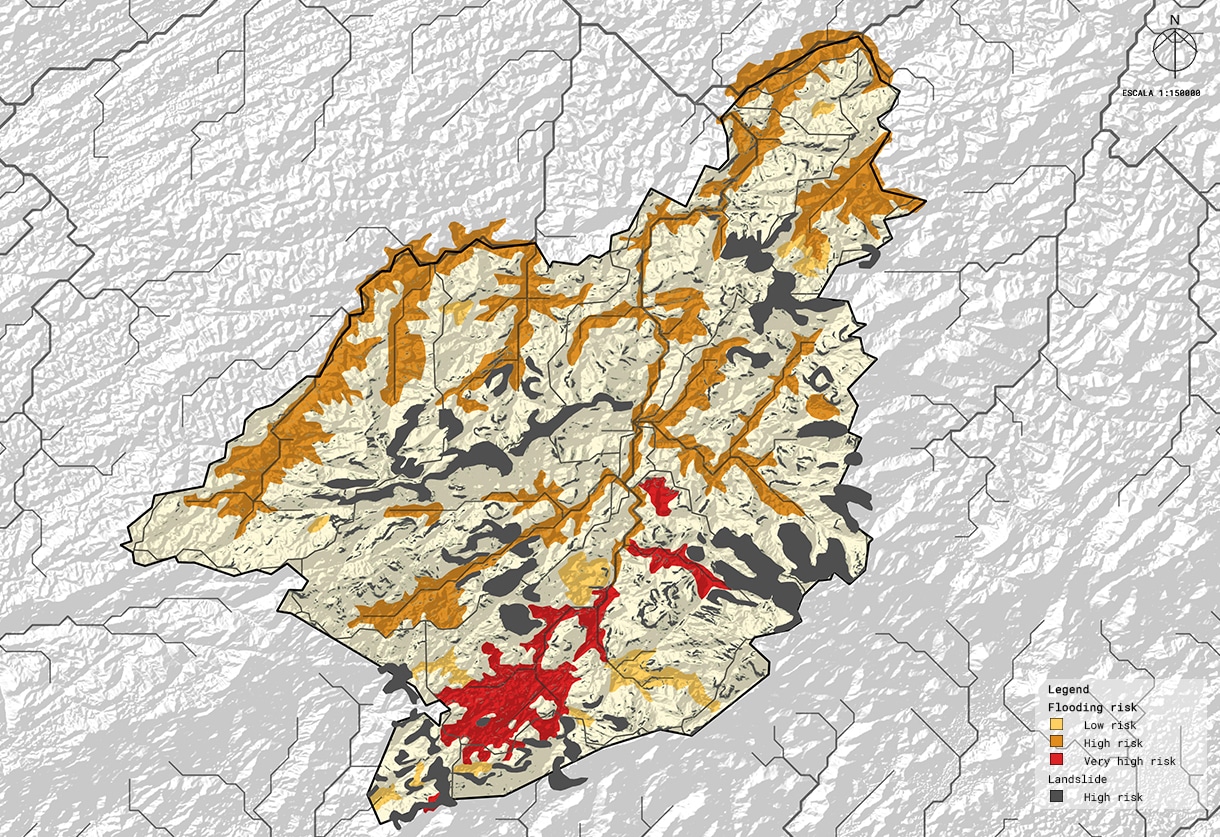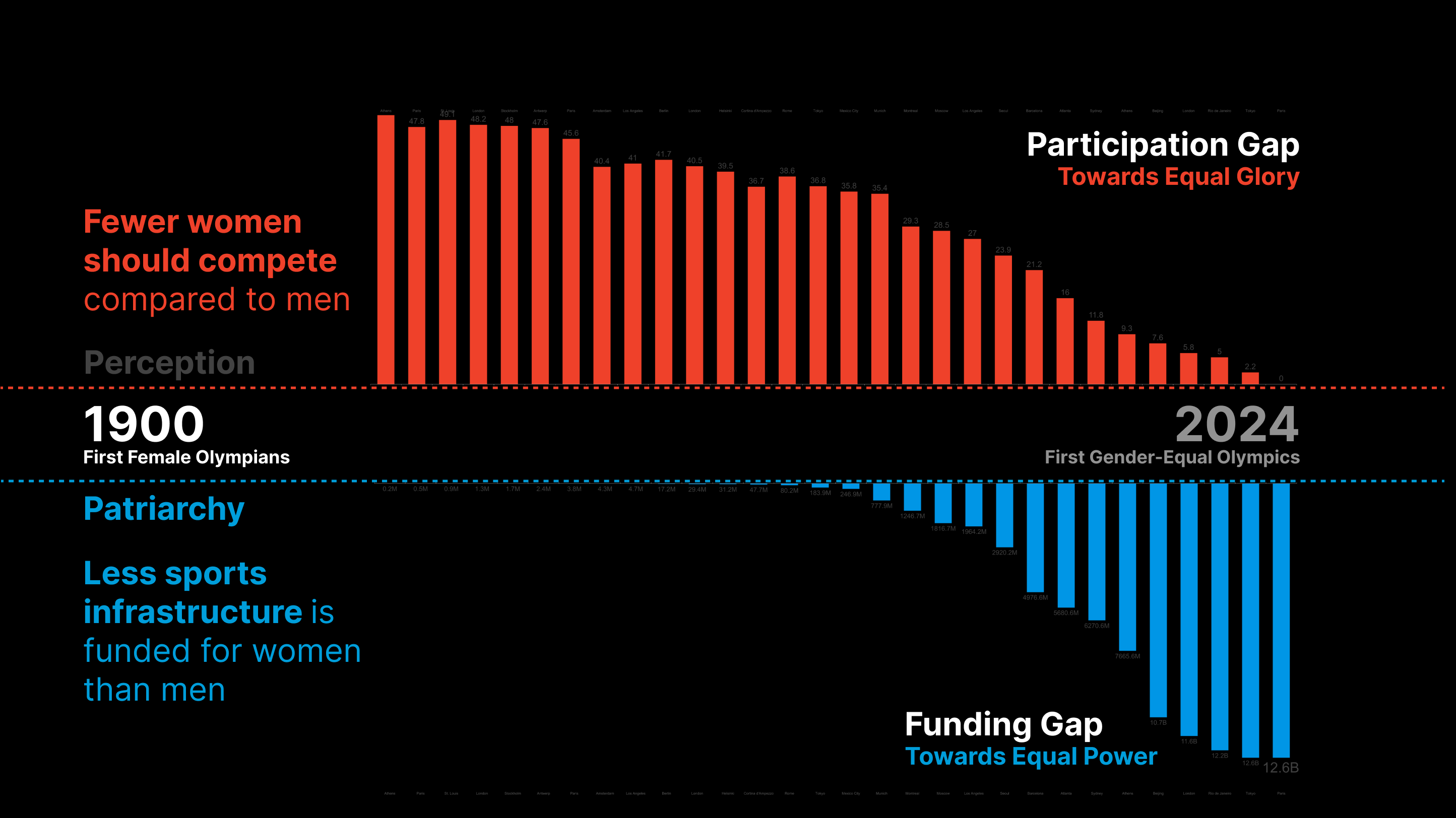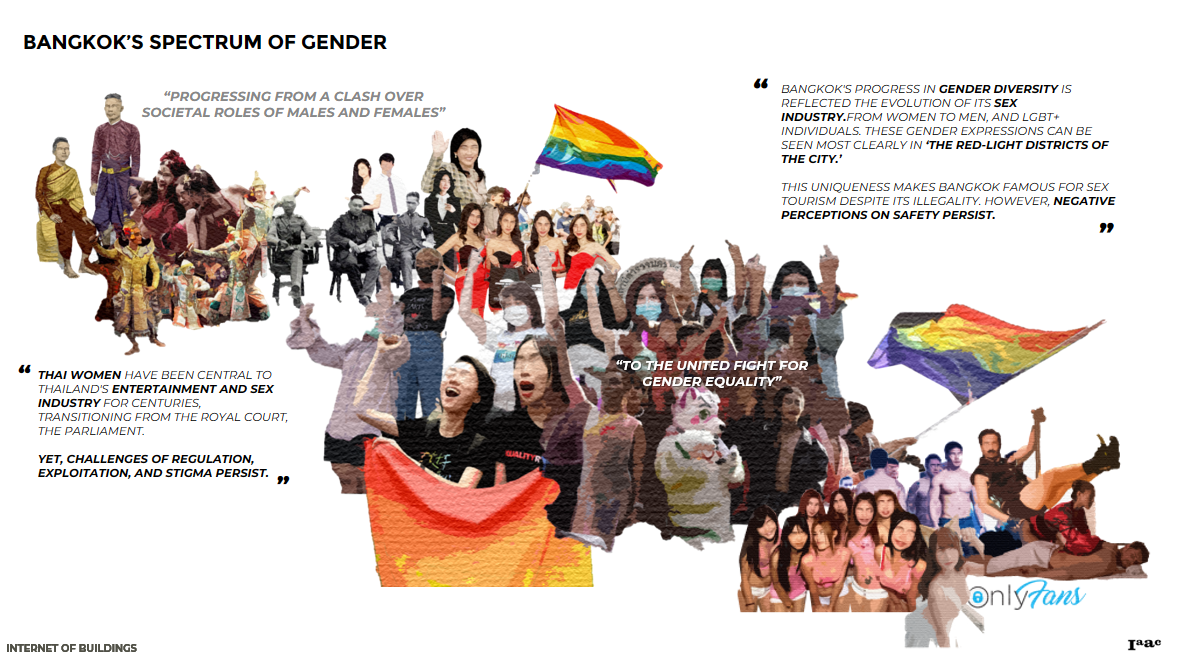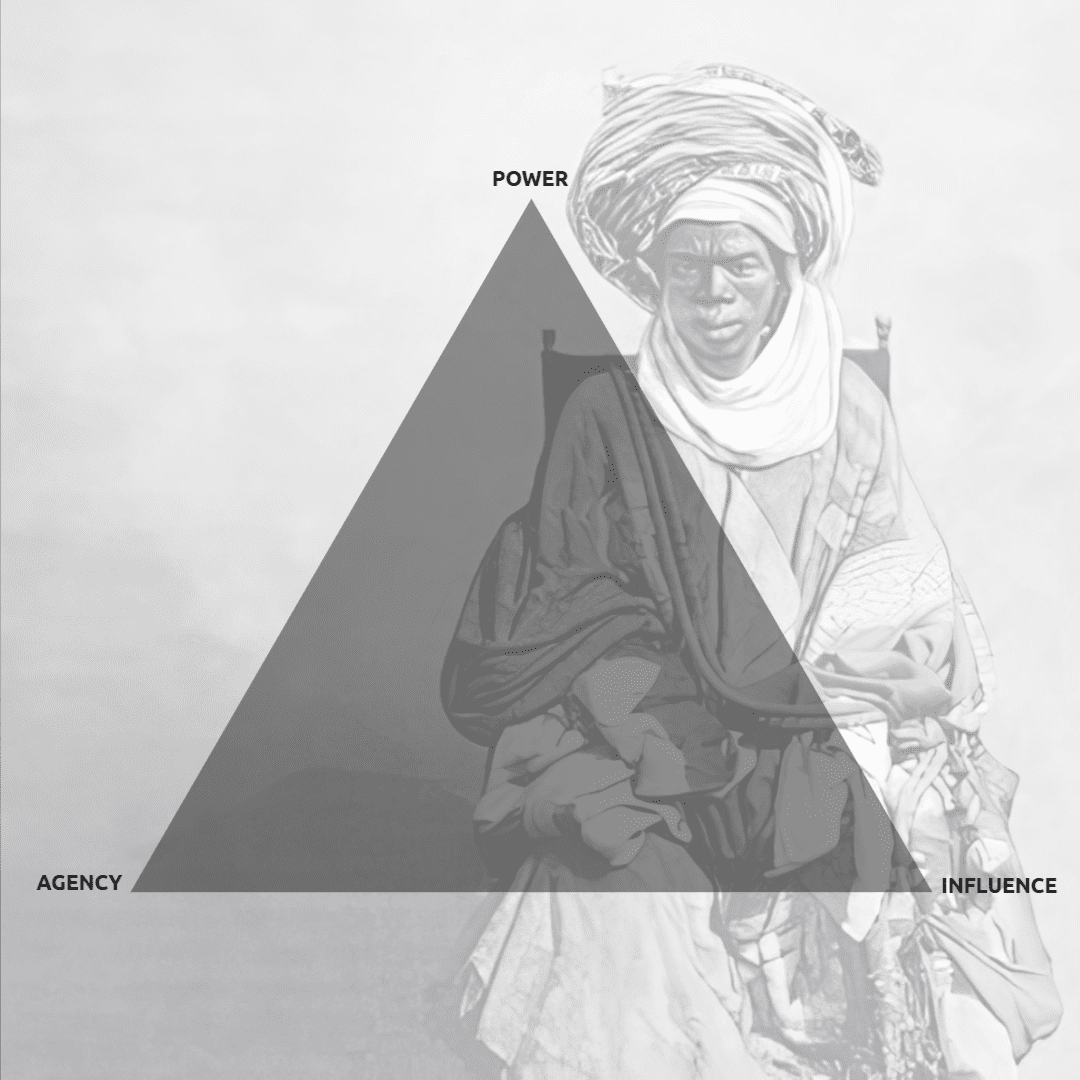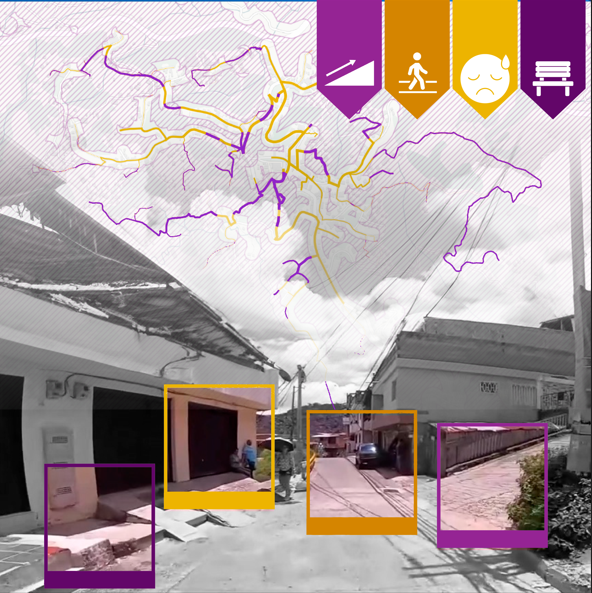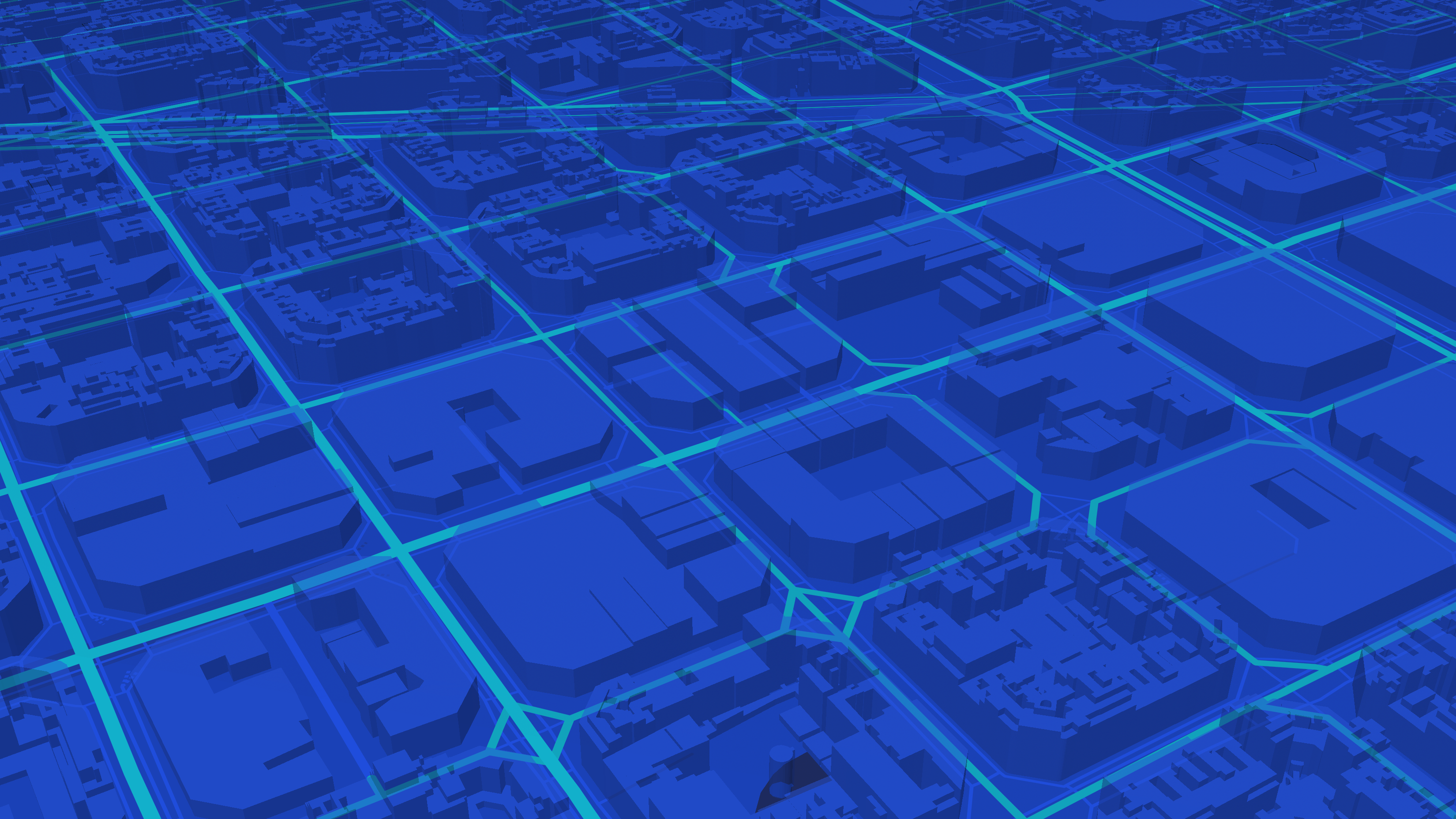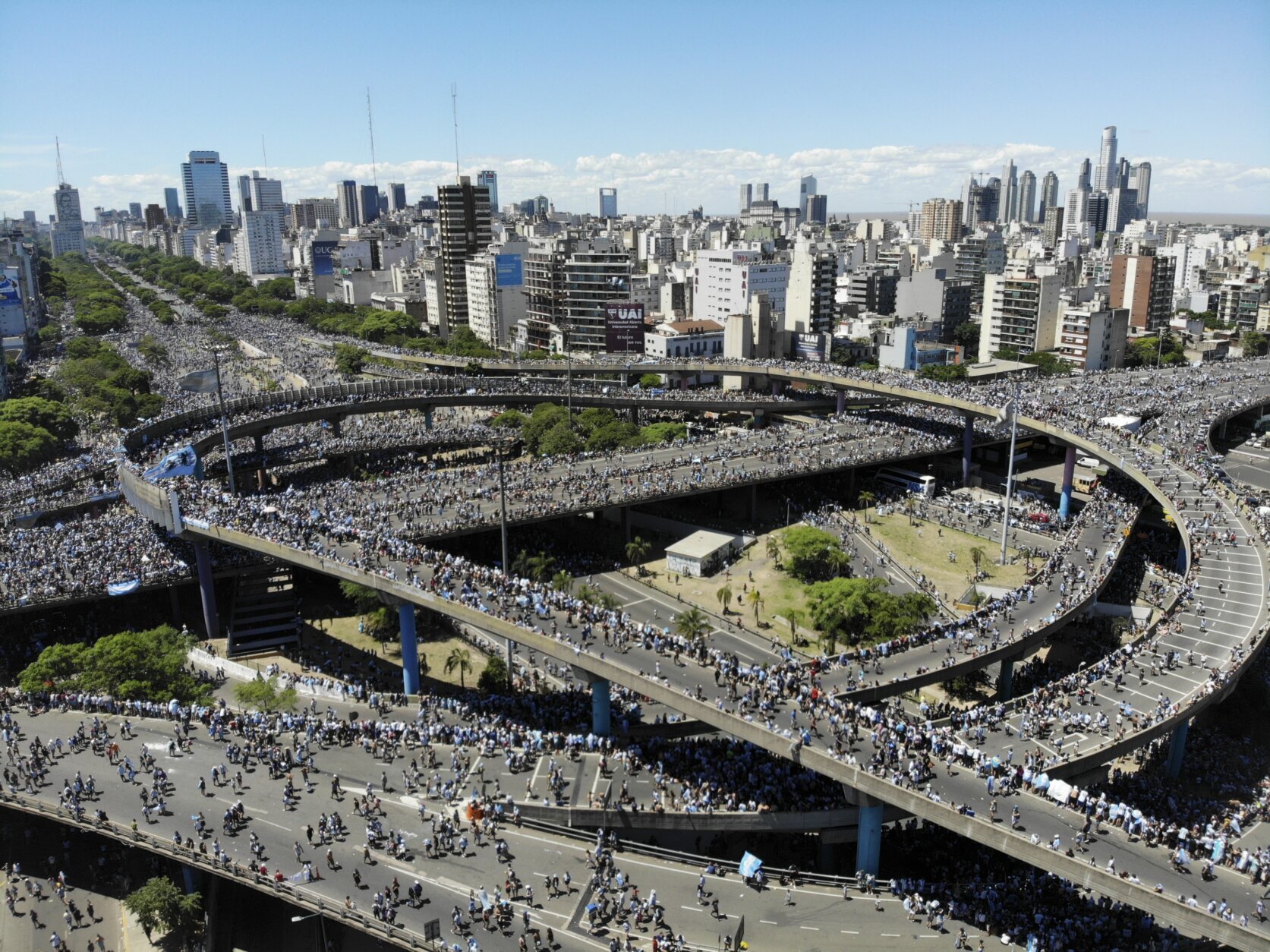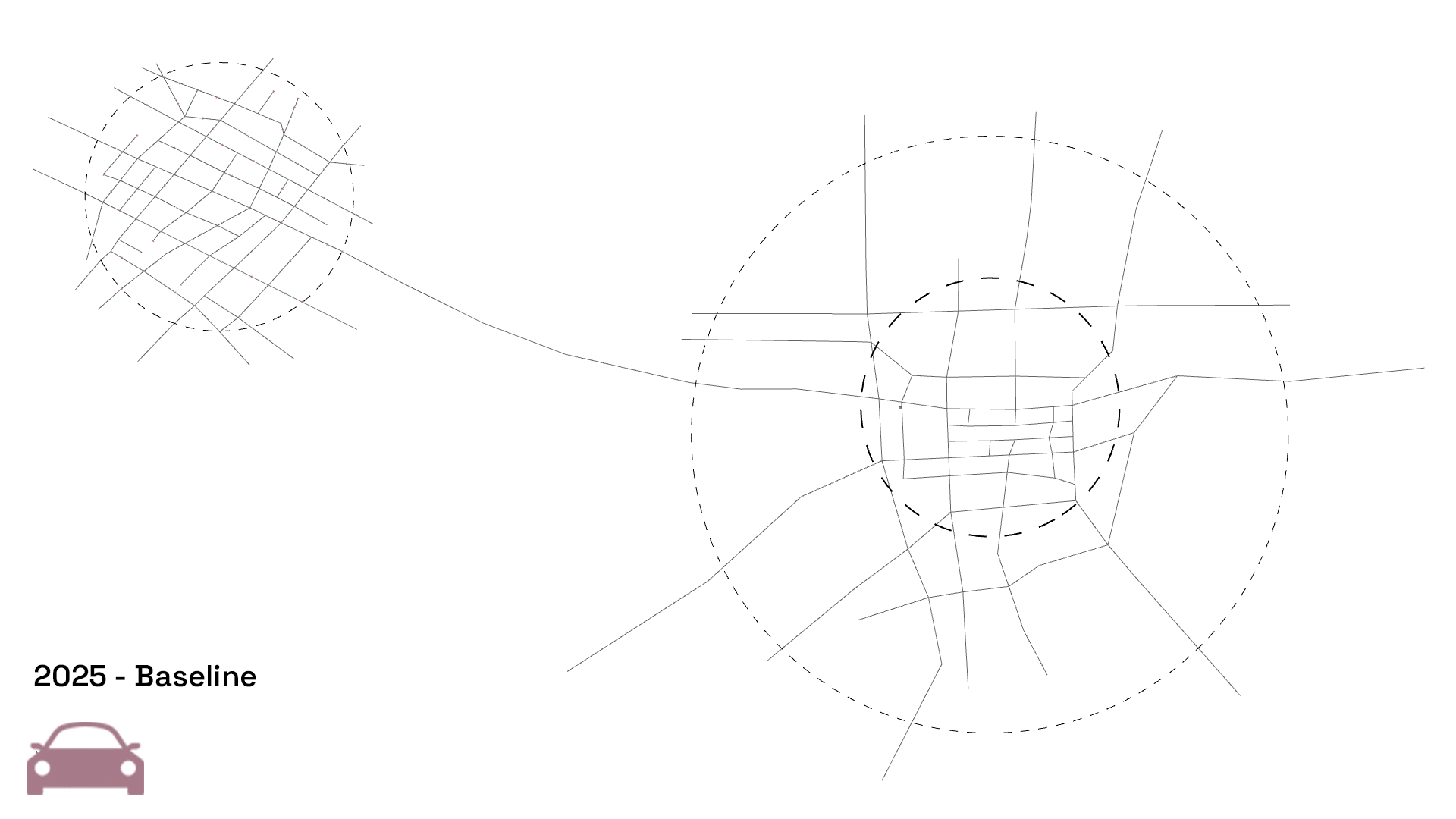Is it too late for humanity to awaken from the blackout?
In our final presentation for the Theories of the Urban course, we explored the film Leave the World Behind (2023) as a speculative lens through which to interrogate contemporary urban conditions. Though the narrative unfolds in a seemingly remote, rural setting, its core tension emerges from the collapse of deeply urban and planetary systems [technological, … Read more


